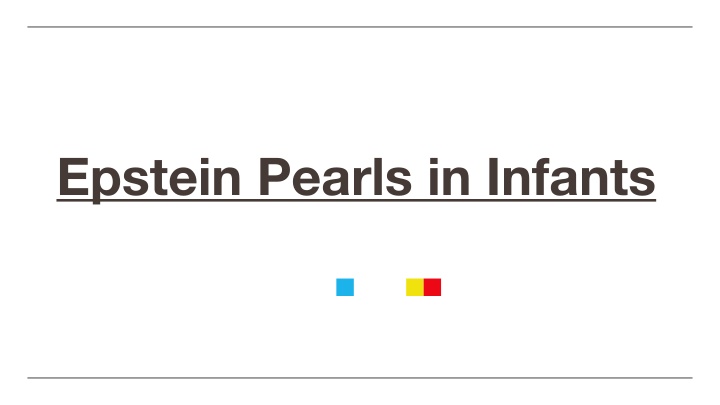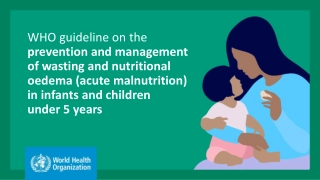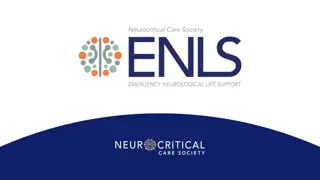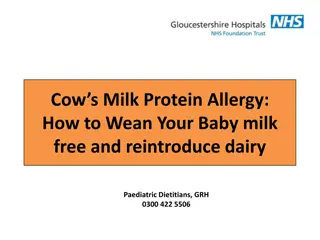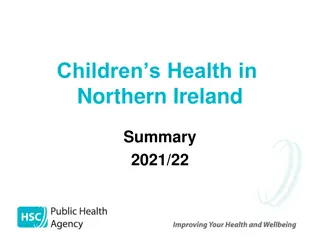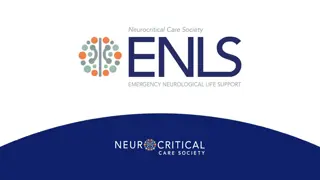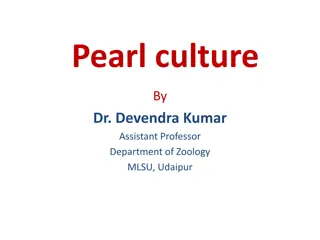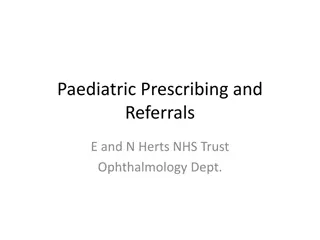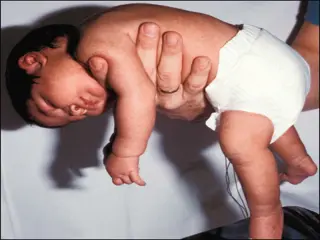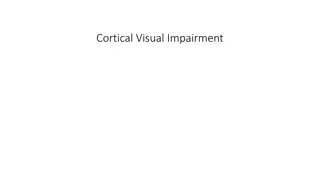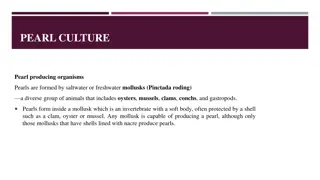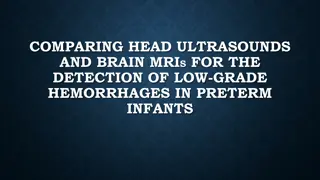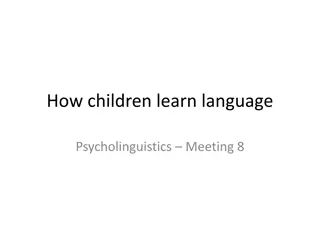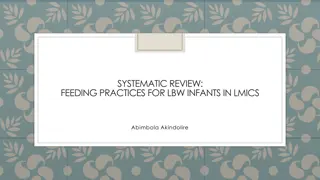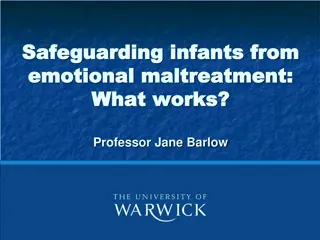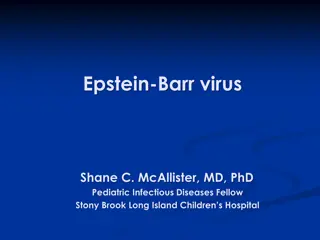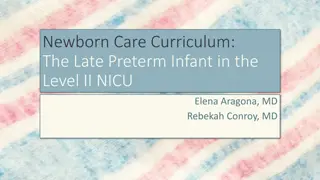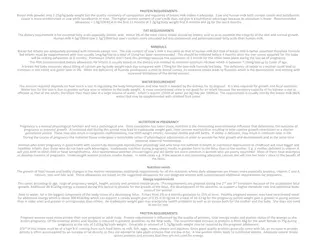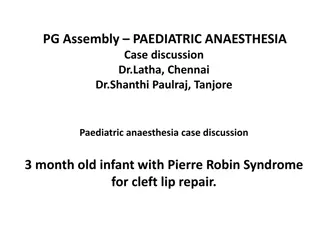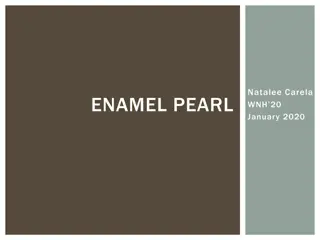Epstein Pearls in Infants
Epstein pearls are harmless white or yellow bumps in a newborn's mouth. Learn about their causes, symptoms, risk factors, and when to see a doctor. For more info visit: // /epstein-pearls/
Download Presentation

Please find below an Image/Link to download the presentation.
The content on the website is provided AS IS for your information and personal use only. It may not be sold, licensed, or shared on other websites without obtaining consent from the author.If you encounter any issues during the download, it is possible that the publisher has removed the file from their server.
You are allowed to download the files provided on this website for personal or commercial use, subject to the condition that they are used lawfully. All files are the property of their respective owners.
The content on the website is provided AS IS for your information and personal use only. It may not be sold, licensed, or shared on other websites without obtaining consent from the author.
E N D
Presentation Transcript
AGENDA What Are Epstein Pearls? Causes of Epstein Pearls Symptoms and Appearance Risk Factors Differentiating Epstein Pearls from Other Conditions Diagnosis and Treatment Home Care and When to See a Doctor Key Takeaways for Parents
What Are Epstein Pearls? Definition Appearance Nature Epstein pearls are small cysts that appear inside a baby's mouth, commonly on the gum line or roof of the mouth, especially in newborns. They are tiny, white or yellowish, dome-shaped bumps measuring 1 3 mm in diameter, often mistaken for emerging teeth by parents. These cysts are harmless, filled with keratin protein, and naturally resolve on their own without causing pain or requiring treatment.
Causes of Epstein Pearls Epstein pearls develop during fetal mouth formation while the baby is still in the womb. During palate fusion, some skin cells (epithelial cells) become trapped in the mouth s developing tissues. These trapped cells fill with keratin protein, forming tiny cysts called Epstein pearls. This process is natural and does not indicate any infection or injury. Epstein pearls are benign and do not represent any underlying disease or abnormality.
Symptoms and Appearance Size Epstein pearls are small cysts, usually ranging from 1 to 3 millimeters in diameter, making them barely noticeable at first glance. Color and Shape These cysts appear white or yellowish and have a smooth, dome-shaped surface, resembling tiny pearls inside the mouth. Location They are commonly found along the midline of the roof of the mouth (palate) or on the gums, particularly near the front teeth area. Symptoms Generally painless and harmless, Epstein pearls do not cause any feeding difficulties or discomfort to the infant.
Risk Factors Delivery Method Epstein pearls occur more frequently in newborns delivered vaginally, possibly due to pressure during birth contributing to their formation. Birth Term Full-term infants are more likely to have Epstein pearls, whereas premature babies tend to have a lower incidence of these cysts. Maternal Factors Babies born to first-time mothers may show a slightly higher chance of developing Epstein pearls compared to those born to mothers with previous births. Non-Contagious and Harmless These cysts are not caused by infections or poor hygiene and are not contagious, posing no health risks to the baby.
Differentiating Epstein Pearls from Other Conditions Epstein Pearls Natal or Neonatal Teeth Bohn s Nodules & Oral Thrush Bohn s nodules are benign keratin cysts similar to Epstein pearls but found on the sides of the gums. Oral thrush is a fungal infection presenting as white patches on the tongue or cheeks, often causing discomfort and requiring medical treatment. These are small, white or yellow cysts found on the roof of the mouth or gum line in newborns. They are harmless, painless, and caused by trapped keratin. Epstein pearls do not affect feeding or cause discomfort. Actual teeth present at birth or erupting shortly after. They are hard, fixed in the gums, and can sometimes cause discomfort or feeding issues. Unlike Epstein pearls, these are true teeth, not cysts.
Diagnosis and Treatment Identified through simple physical examination by a pediatrician or pediatric dentist Diagnosis of Epstein Pearls Characteristic white or yellow small cysts along gum line or roof of mouth No special tests or investigations needed due to distinct appearance Diagnosis often made during routine newborn check-ups Epstein pearls do not require any medical treatment Treatment and Care They naturally resolve and disappear within a few weeks after birth Avoid poking or squeezing to prevent irritation or infection Maintain normal feeding and oral hygiene practices
Home Care and When to See a Doctor Avoid Poking or Squeezing Maintain Feeding Routine Keep Mouth Clean Do not poke or squeeze the Epstein pearls to prevent irritation or infection in your baby s delicate mouth. Continue breastfeeding or bottle-feeding as usual to ensure your baby stays nourished and comfortable. Gently clean your baby s mouth to remove milk residue, promoting overall oral hygiene without special treatments. Watch for Changes Consult a Pediatrician Observe the bumps for any growth, color change, or signs of discomfort that may indicate a need for medical evaluation. Seek medical advice if bumps persist beyond a few weeks, cause feeding issues, or show redness, swelling, or discharge.
Key Takeaways for Parents Epstein pearls are benign, keratin-filled cysts that commonly appear in newborns and typically disappear without any treatment within a few weeks. They do not cause pain or feeding issues, so parents need not worry if they notice these small white or yellow bumps in their baby's mouth. However, if the bumps grow, change color, cause discomfort, or persist beyond several weeks, consulting a pediatrician is important to rule out other conditions. Overall, Epstein pearls are a normal part of infant oral development and usually require no intervention.
T Thank You! hank You! https://www.suryadentalcare.com/ https://twitter.com/CareSurya https://www.facebook.com/suryadentaltrichy https://www.instagram.com/suryadentalsenthil/
